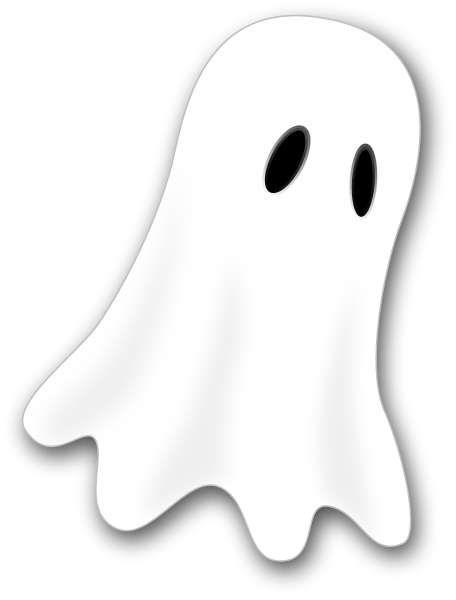Once called the “Coney Island of the West,” an opulent resort once stood on the banks of the great Salt Lake in Utah. It was destroyed by a fire, rebuilt, destroyed by flooding, and rebuilt again. With three iterations of the famous resort, there’s more than few reasons to believe the building is cursed. The Salt Lake is an inhospitable mistress on occasion, and while the locals flocked to the palace-like structure for dancing, swimming, and partying, more than one local has said the building gives off an air of mystery and perseverance through adversity. Today, we’re looking at the Great Saltair, Utah’s most unlucky resort, and the potential ghosts of the past still lingering on the banks of the Salt Lake.

The first iteration of Saltair was built in 1893, with an amusement park atmosphere high above the waters of the lake and perched on stilts dug deep in the sandy ground near the water. The venture was sponsored by the local Church of Jesus Christ of Latter-Day Saints and the local railroad, ensuring the resort was a safe and monitored location for local youth to enjoy their leisure time. Trains ran to the resort every 45 minutes, and it’s said that parents were happy to allow their children to visit or even go on a date to the resort because of how involved the LDS church was with the resort and knowing their kids would be safe under the watchful eye of community members from local stakes. The church would sell Saltair in 1906.
The curse of the Saltair began on April 22, 1925, when a large fire destroyed several of the buildings in the complex, including the popular pavilion. An employee would say that, after smelling smoke, he investigated and found “a wall of flame about four feet wide.” Wind pushed the fire deeper into the resort, destroying everything in its path. According to the Salt Lake Tribune on April 23, 1925, “tongues of the flame and smoke leaped fifty to one hundred feet & shot out and licked up the timbers and beams of the great structure as though they were cardboard.” Several fire crews would respond but the beloved resort could not be saved.

Construction began almost immediately on a replacement for the decimated Saltair resort, with the second iteration, called Saltair II, opening its doors just the next year in 1926. The newer version focused less on amusement park rides and more on their main attraction: the world’s largest dance floor. Unfortunately, Saltair II was not nearly as popular as the first version, owing in part to the time period and other factors like the advent of motor vehicles rather than wagons and horseback and the Great Depression knocking on the doors of many Utahans.
Misfortuned seemed to follow the Saltair II, with another fire breaking out in 1931. It was significantly less devastating than the first fire, but still caused $100,000 in damages. That’s approximately the equivalent of 1.9 million dollars in today’s currency. Around the same time, the Salt Lake receded from its previous shoreline, leaving the resort known for offering swimming in the Salt Lake too far from the new shore and requiring them to build a miniature railroad to ferry guests to the water. The recession wouldn’t last long, however, as shortly after the resort closed for WWII, the water came in once again and flooded the structure, ruining the dance floor that made it an attraction during the roaring 20s.

The curse continued in the late 1960s and early 70s, when renovation efforts were halted abruptly by two arson fires, again destroying the grand pavilion and leaving the resort as a smoking husk of its former glory. Finally, in 1981, construction began on the third version of the the resort, named Saltair III and sitting approximately a mile from the original location of the first two structures. Again, the water receded, leaving the castle-like building further away from the lake than the previous two iterations. Built out of a former airplane hangar from a local Air Force base, the final structure was significantly smaller than its grand predecessors, and business dwindled until the late 1980s, when Saltair III was left all but abandoned. In 2005, collaborators in the music industry purchased the building and now use it for live concerts and events, though it’s still sitting on the salted sand far away from the lake that gave it its name.
The curse of the Saltair is a long-enduring one, with some locals claiming that the cursed buildings are actually haunted by spirits of those who enjoyed the pavilions and dance halls in the past. Ghost Adventures investigated the property for the Travel Channel, capturing evidence like shadowy figures lurking behind corners and strange sensations and cold spots throughout the resort. The most famous ghost is known as Saltair Sally, a woman who was found partially decomposed in the Salt Lake near the resort by duck hunters in 2000. A cold case with no suspects, Sally’s death was labeled a homicide.

Several guests and patrons have reported hearing laugher from an empty ballroom, echoing its previous glory in the first two versions of the building. Fewer people have reported seeing an apparition of the eponymous Sally, and many, many investigators and visitors feel uneasy in the building and have said they could “feel the curse,” on the Saltair, even a mile away from the original location. If you feel brave enough, the Saltair currently operates as a music venue and concert hall, with shows often at the castle-like, hangar sized halls. You might catch a show, catch a curse, or catch a ghost, but whatever you do at Saltair, make sure it’s memorable and don’t set any fires.
- About the Author
- Latest Posts

Born in Death Valley and raised on the prairie, Deborah is a Wyoming-based paranormal researcher and University of Wyoming graduate. Her interests lie in folklore, history, symbolic interaction and research. She also researches the paranormal academically and is a graduate student studying sociology.


